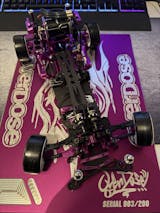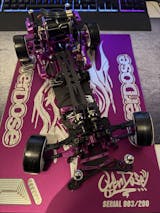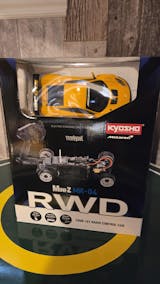Japan’s kei cars are a uniquely charming solution to big-city transportation challenges. Introduced in the late 1940s as part of a government-led initiative, these pint-sized vehicles were designed to be lightweight, fuel-efficient, and economical—ideal for narrow roads and tight parking spots in urban Japan. Over time, they’ve evolved into a class of cars with surprising character and undeniable cultural appeal.
Regulation That Sparked Innovation

Kei car regulations were originally introduced to help stimulate domestic car production. Early models were limited in both size and engine displacement, but they enjoyed tax incentives and relaxed parking requirements. As rules gradually changed—allowing for larger dimensions and engines up to 660cc—manufacturers responded with creative engineering and unmistakable styling that pushed the category in exciting new directions.
More Than Just a City Car

Few vehicles capture the kei spirit like the Subaru Sambar, a microvan that offered clever utility in a delightfully compact package. On the sportier side, cars like the Suzuki Cappuccino and Honda Beat brought open-top fun to city streets without taking up much more space than a motorcycle. These were small cars with big personalities, and they showed just how far charm and ingenuity could go within strict regulations.
Designs That Think Outside the Box

Designers often leaned into bold choices. The Suzuki Alto and its sportier sibling, the Suzuki Cervo, showed off sharp lines and compact silhouettes while remaining affordable and efficient. For those seeking something with a rugged edge, the Suzuki Jimny became a fan-favorite mini off-roader—its durability and bold design winning hearts far beyond Japan. Meanwhile, the Daihatsu Copen and Suzuki Wagon R redefined what was possible in comfort, style, and innovation within the kei framework.
A Culture Built on Small Wonders

Over the years, kei cars have become more than just practical. They represent a creative response to real-world limitations—each one telling a story of adaptation, ingenuity, and personality on four wheels. Today, even with stricter tax laws and shifting market trends, kei cars continue to thrive across Japan thanks to their efficiency, affordability, and undeniable charm.

Kei Cars in the World of Scale Modeling
Their legacy has also found a home in scale modeling. Collectors and hobbyists around the world have embraced kei cars for their nostalgic styling and cultural relevance. From the rugged Suzuki Jimny to the cheerful Daihatsu Copen, these miniatures are celebrated not just for their looks, but for the unique world they represent—where small size never means small character.


















